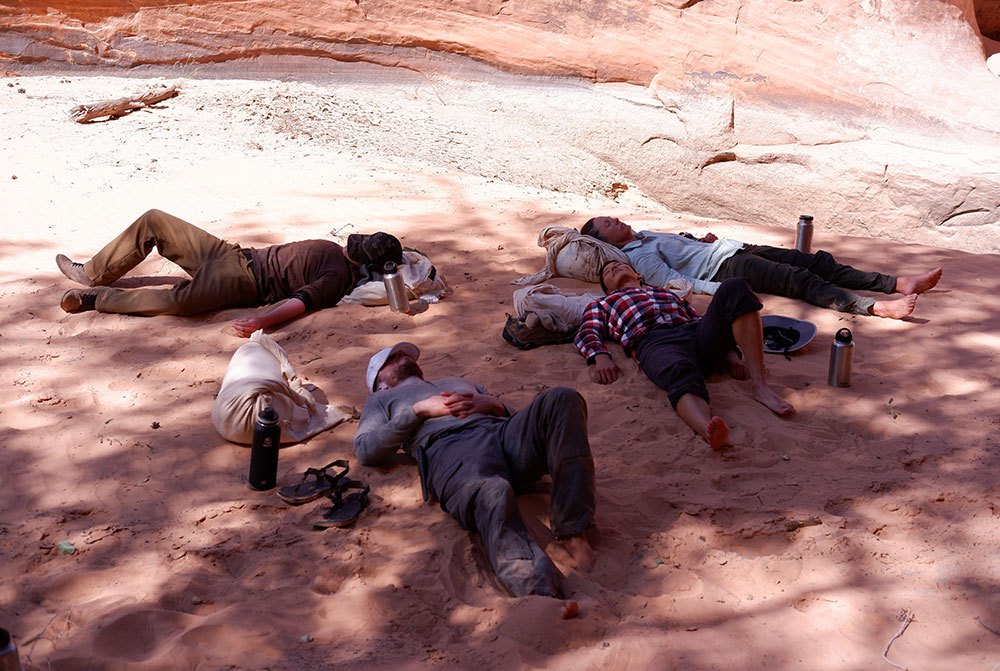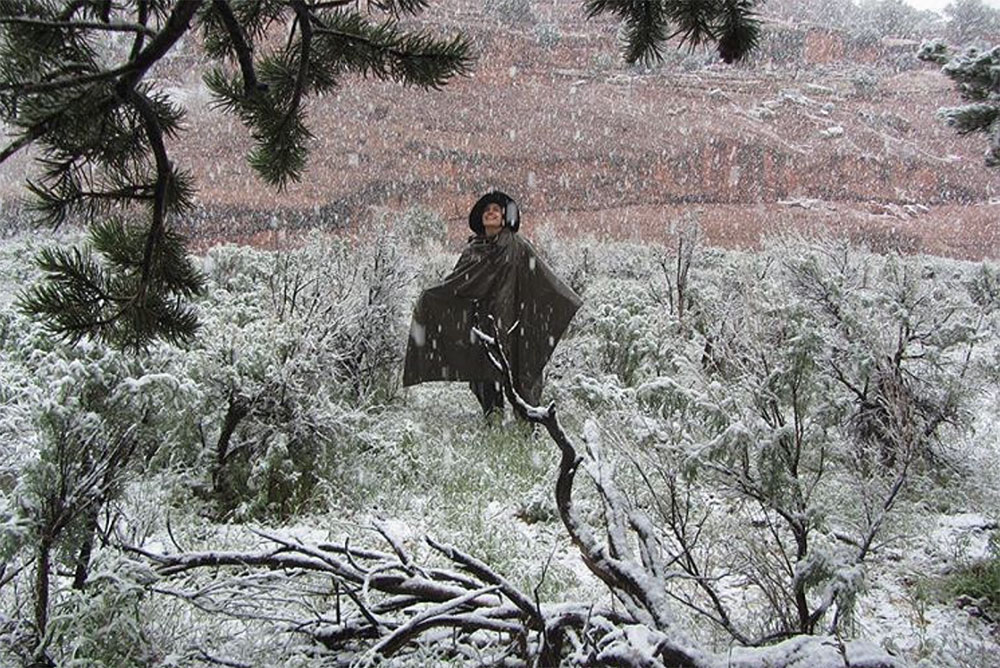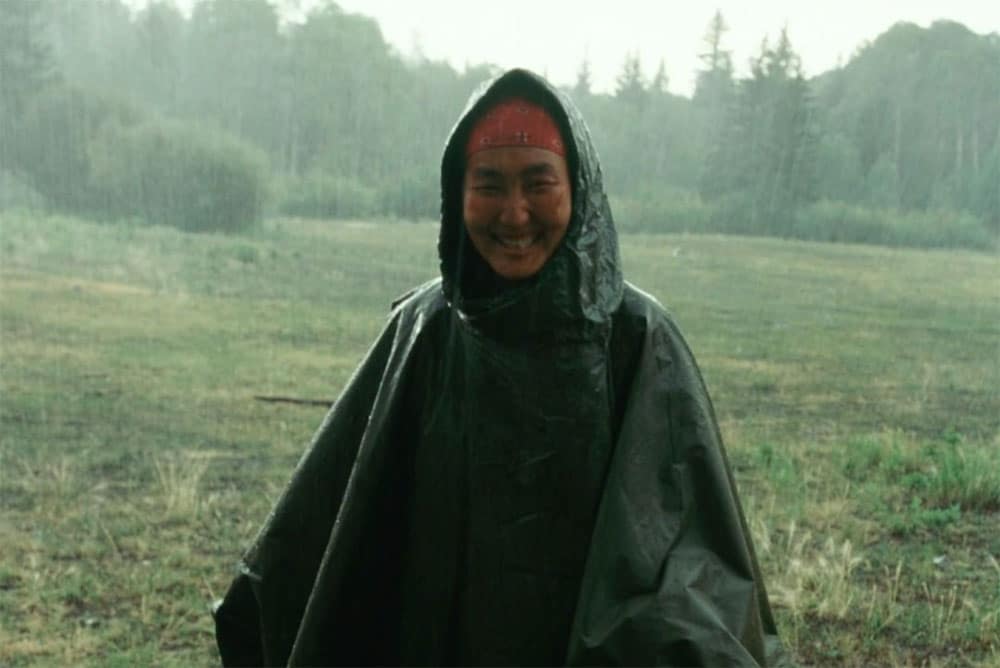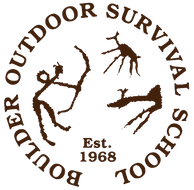WEATHER ON COURSES
The weather in Utah
The weather in our corner of Southern Utah varies a great deal, and the surprises this provides are a part of every course. Each course and lesson plan is designed to adapt to the conditions at hand, and make the most of whatever Mother Nature gives us at our Utah survival school. The equipment list you are sent before your course has been designed to prepare you for all the possible weather that we’ve experienced in our course area.

We prepare for all weather
While the Boulder area has “normal” weather patterns – cold, snowy winters; hot, dry summers; wet, windy autumns – there are never any guarantees. It is possible to see snow in July, or scorching heat in May. Boulder Mountain rises high above the desert and generates its own weather. Because our course area is so large, it is possible for one course to be resting in the shade of a 100-degree sunny day in the desert, while another takes shelter from hail on the slopes of the mountain. This variability provides fantastic opportunities for skills instruction and practice.

Thriving at a Utah survival school
The key, as always, is flexibility. We plan for the worst weather conditions, hope for the best, and then adapt as we go. Adapting to changing weather patterns can be one of the great experiences of a BOSS course. To see the power of a torrential thunderstorm in the desert, the calm of a snowy mountain meadow, or the midday heat of a scorching sunny desert day.
Having said that, there are some general patterns we can share about weather in the Boulder, Utah area.

Historic Weather Patterns
Because our course area ranges from 4,000’ to more than 11,000’ in elevation, the weather can vary by location as much as it does by season.
On average weather in the Boulder / Escalante area of Southern Utah looks something like this:
May
Days are usually warm in the afternoon and cold at night. Skies are typically clear, with not much precipitation. The land is just starting to wake up. Students on courses in May will enjoy great daytime hiking weather, and cool evening and nighttime temperatures.
June
By June, daytime temperatures can be high (in the 90s or sometimes more) and nights are moderate. Trees and other flora are in bloom and afternoon skies are still typically clear. If you don’t mind heat (or pollen), this is a great month for hiking, as June is usually the driest month of the year, and the days are long.
July
July is typically the hottest month of the year, with average highs reaching 100ºF/38ºC. Evenings often start warm, cooling to a comfortable temperature in the early morning hours. This is peak hiking season, although afternoon clouds are likely after mid-July, as monsoon season approaches. July days are also long, and offer many hours of sunlight for course travel and learning.
August
Monsoon season can bring cooling afternoon rains and, if you’re in the canyons, the real possibility of flash floods. Desert and mountain plants are in full bloom. Daytime temperatures are a little cooler than July, and evenings and nights are pleasant.
September / October
Autumn in Southern Utah is often spectacular, as aspen groves turn from green to vibrant gold and the landscape prepares for winter. Daytime temperatures are comfortable, and nights can be cool. Monsoon season can sometimes extend into the fall months, and windstorms are also a possibility. Students who prefer to hike in cooler temperatures often sign up for Field courses at our Utah survival school at this time of the year.
Learn with us. Grow with us. Are you ready?
Our Utah survival school is a safety-focused, non-profit educational institution dedicated to the instruction and preservation of traditional survival tools, living skills and the development of our students through experiences within the natural world. Got more questions about learning with us at BOSS?

